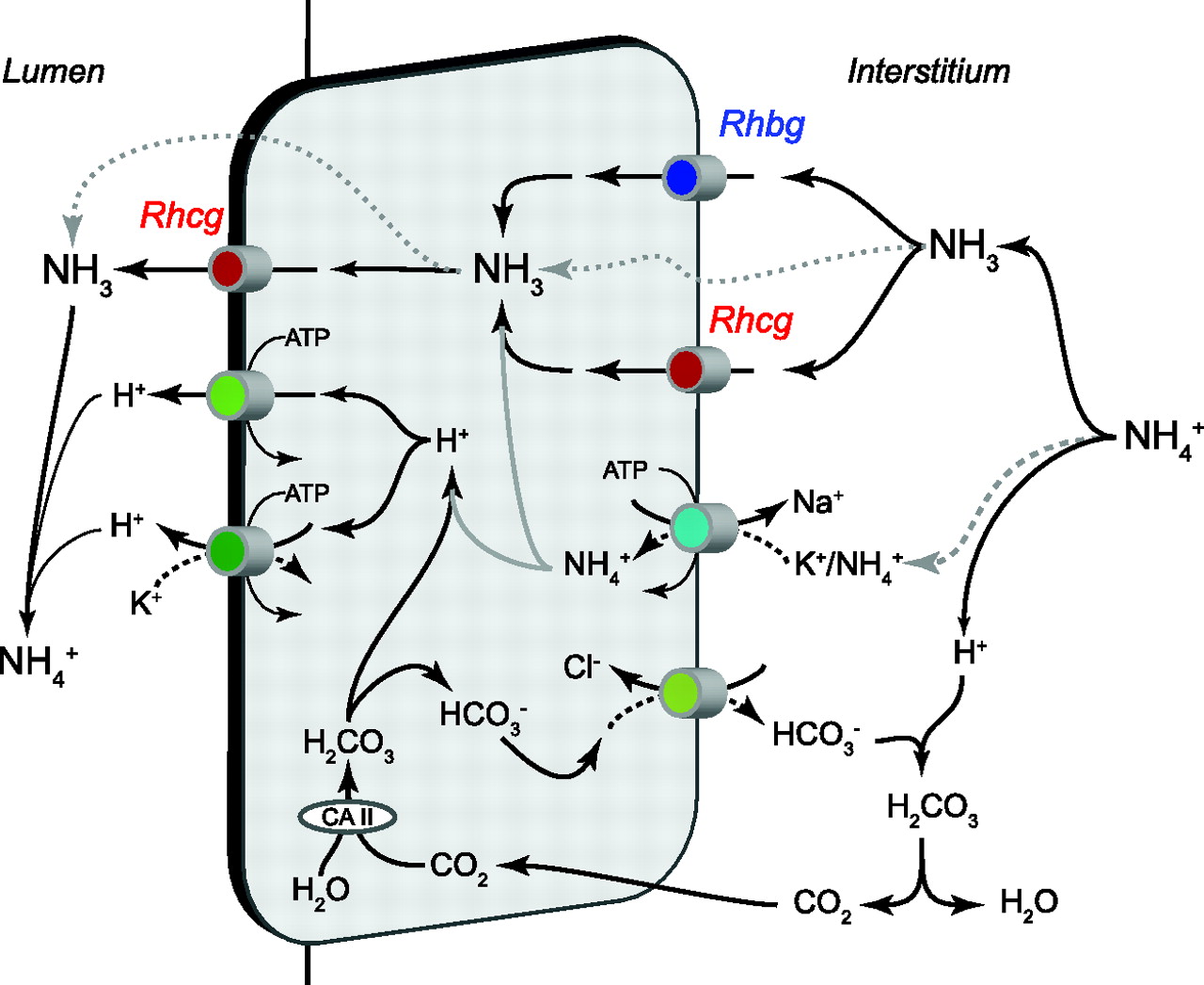| |
What is the extent of a reaction?

The crucial question that is addressed by the free energy function is how far reactions will proceed in their spontaneous direction. Will they go to 99.99% completion or 0.01%? These numbers are obviously chosen just for example. The free energy function is also a function of temperature. Therefore, a reaction that does not proceed at room temperature may well be spontaneous at higher temperature. In order to make these types of predictions we need to know both the enthalpy and entropy of process. We need to combine both of these quantities into a single state function. Thus, our first task is to justify the definition of a state function. We will show that there are actually two free energy functions, one at constant volume and one at constant pressure. These are the Helmholtz and Gibb's free energy functions, respectively.
Examples from ammonia chemistry
Ammonia is an important source of nitrogen for plants and therefore a crucial molecule for human nutrition. Actually, ammonia is more than 90% in the form of ammonium in neutral solution at pH 7. Thus, it is the uptake and transport of ammonnium rather than ammonia that is important for cells. This point is made in the logo figure above (see reference below). The figure represents the process of excretion of NH3 in the kidneys. That is another side of the transport problem. Plants need to take up ammonia in their roots. Thus, the equilibrium that forms NH4+ is quite important and the pH is an important factor in the soil that can govern the form of ammonia taken up. The pH in blood is pretty constantly pH = 7.4 (we hope) so the ammonium form is still dominant. Another aspect of ammonia is its production by the Haber-Bosch process. The catalysis of of the reaction N2 + 3 H2 -> 2 NH3 is of crucial importance for humanity since without that process we would not have sufficient ammonium for agriculture. Chemical equilibrium is very important to understanding the process since Haber-Bosch must be conducted at elevated temperature and pressure. The elevated temperature is needed to make the process fast enough. However, chemical equilibrium is not favored at high temperature so we must use high pressure as well. Without an understanding of the interplay of the variables T and P on this reaction we would not be able to produce ammonia and we probably would not be here to write about it. In the early 1900s the earth's population was less than 1 billion and there was already a looming shortage of nitrogen. The Haber-Bosch process has produced the nitrogen component of fertilizer that permitted the population to continue to grow for the past 100 years. Clearly, an understanding of chemical equilibrium will continue to be necessary as we confront new challenges in our environment, medicine and advanced technology.
D. Weiner, J.W. Verlander Am. J. Physiol. - Renal Physiology 2011, 300, F11-F23
| |
|
|
|